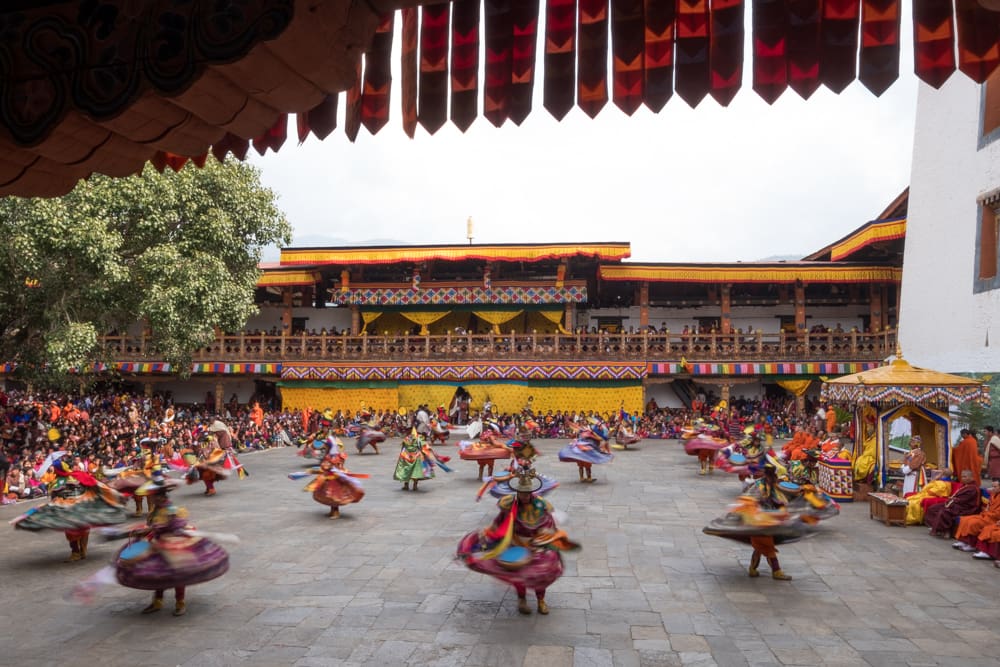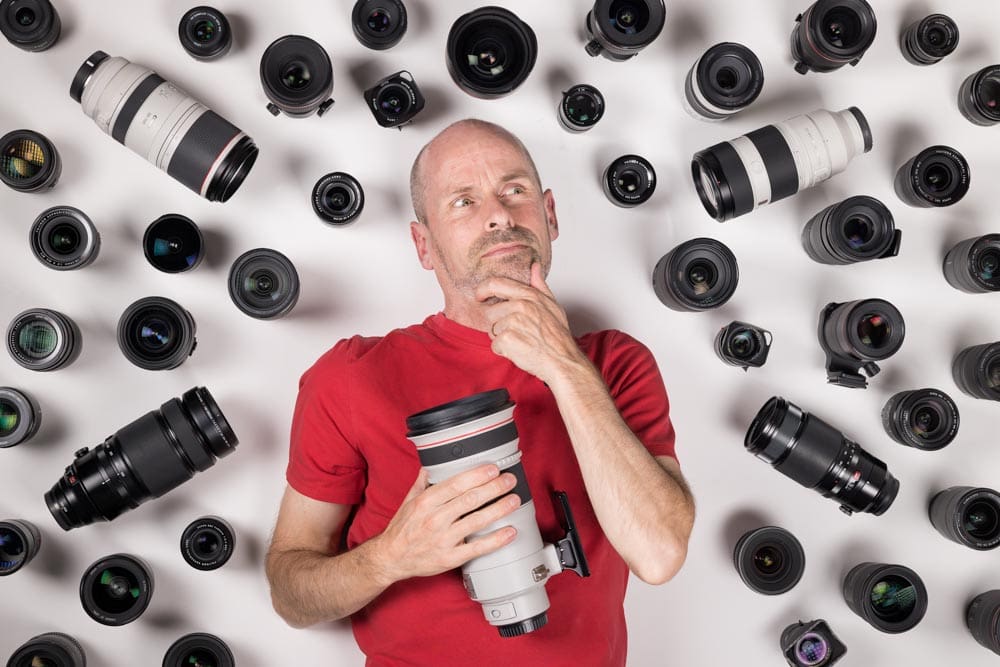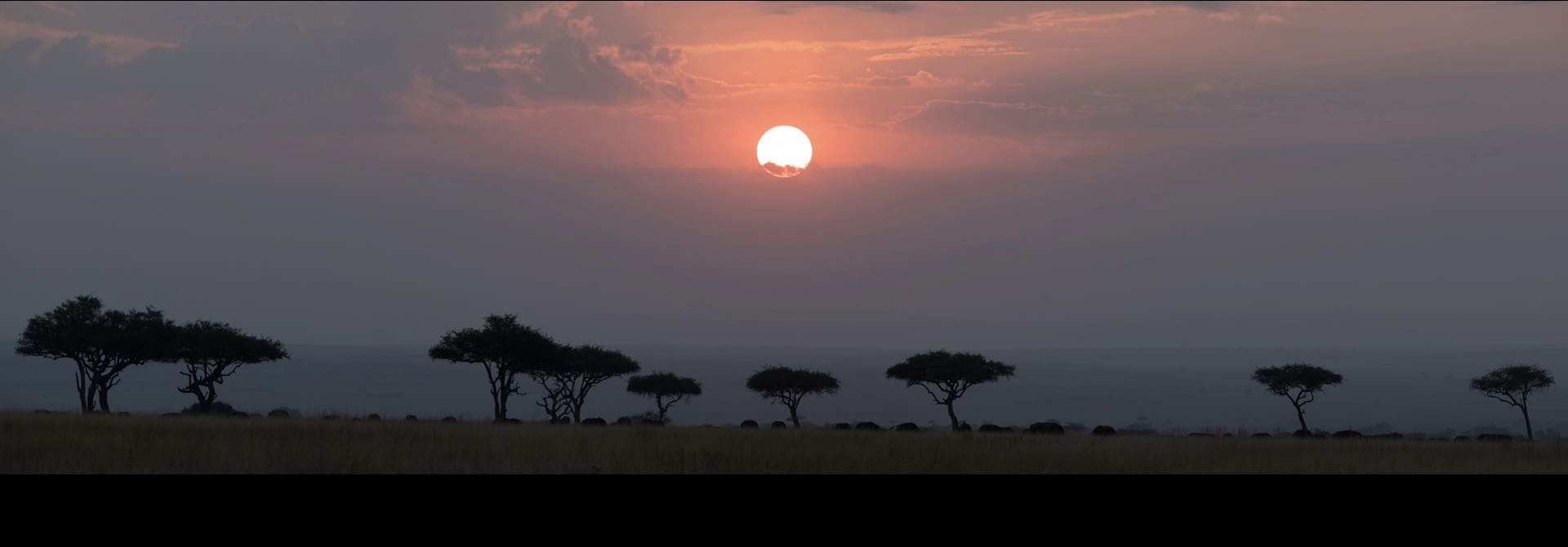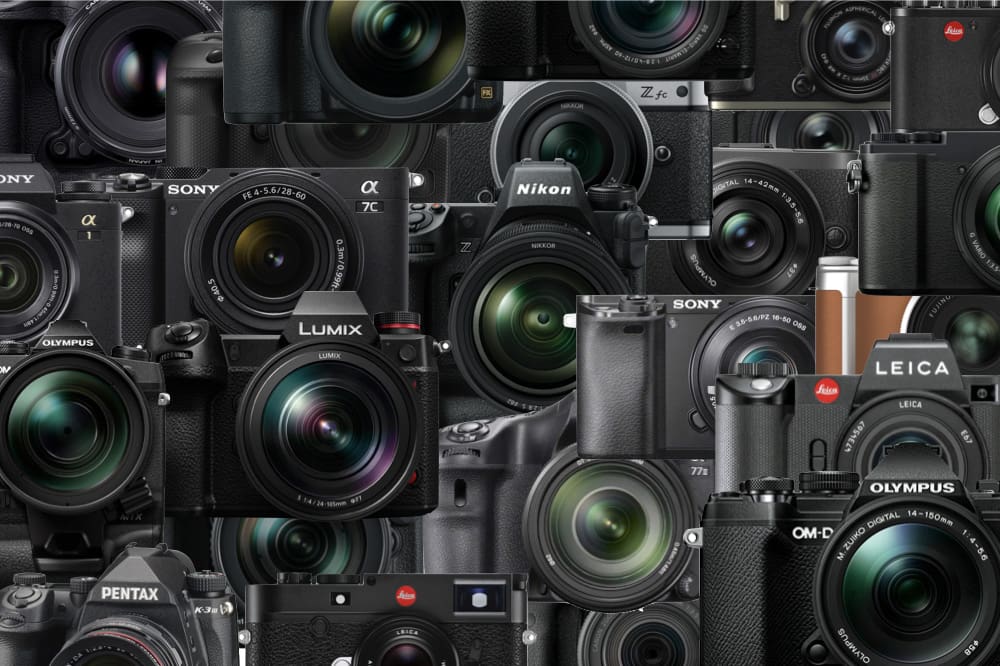After several years of very little travel, I’m getting the itch to see some new and far-away locations. I love the adventure of travel, the new environments, new cultures, and new ideas that challenge and change the way that I see the world.
With the recent release of my tours for 2024 to Bhutan and Kenya, I see that many of you are also interested in seeing, experiencing, and photographing great locations. And with the release of my latest class, Travel Photography Essentials, I thought it timely to share a few photography travel tips with you.
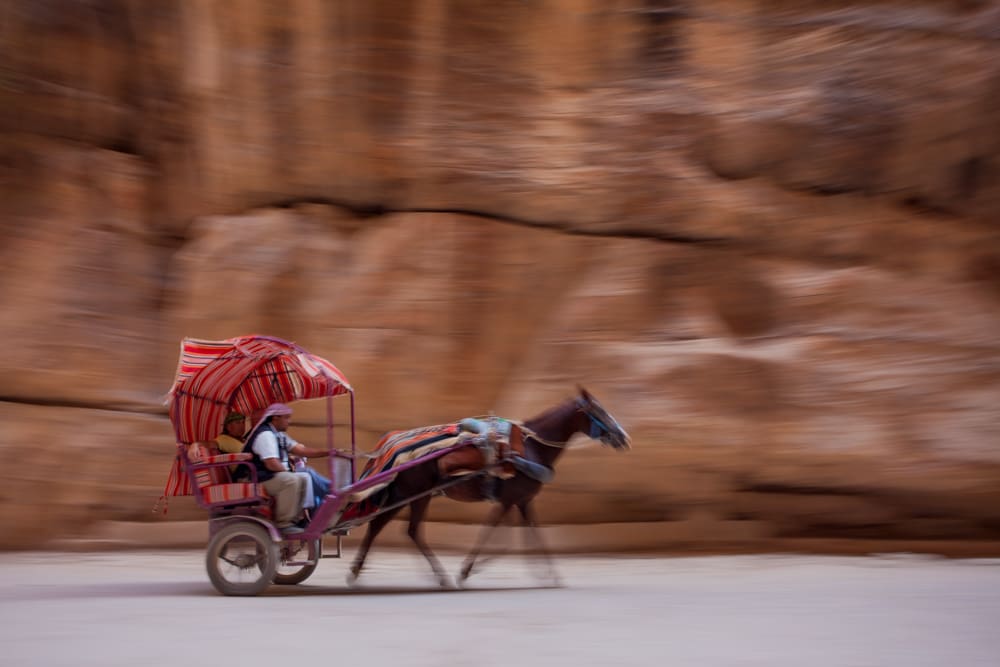
Petra, Jordan
These “rules” are guidelines I’ve learned in travels to more than 50 countries over the last 30 years. Many of these concepts are equally valid for general photography, general travel, and perhaps life itself.
#7 You won’t shoot well, if you don’t feel well
Lessons learn from the world of athletics show that your peak performance comes when you are relaxed and focused on the task at hand. Being in a foreign land is going to add a certain level of stress, so you need to do whatever you can to minimize the distractions that might come your way.
Feeling well is most importantly going to cover being fed right, dressed right, and having access to a toilet. Being hungry, hot or cold, or needing a bathroom is a simple problem to avoid, but can be devastating for a creative individual looking for one more unique and great shot.
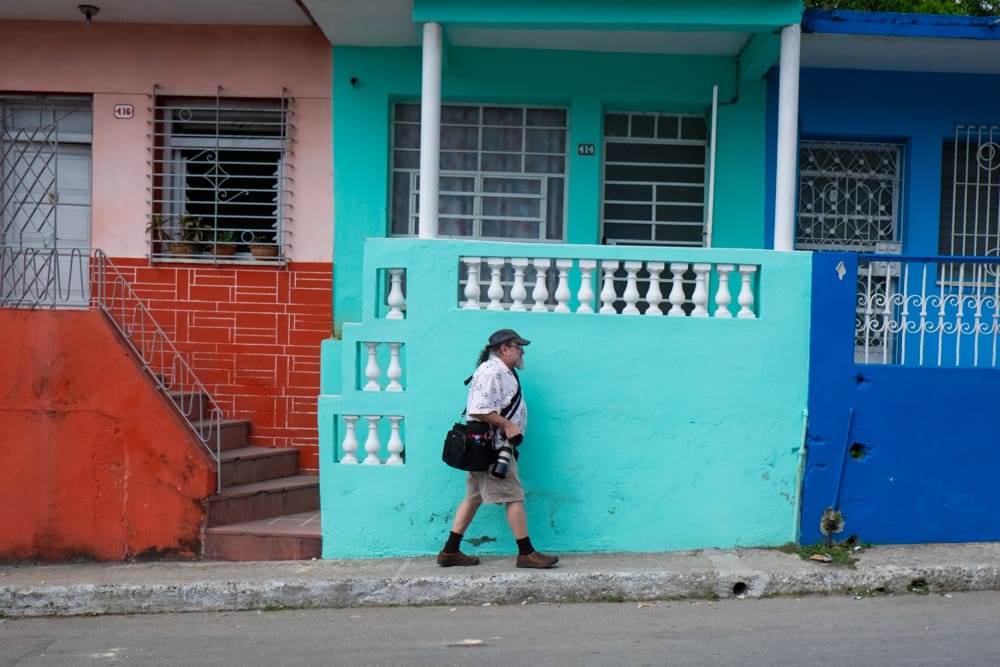
Havana, Cuba
Plan your shooting time and prepare to be in the right mindset without unnecessary distractions. Get the best rest you can, bring a water bottle and a snack, dress in layers, follow any safety and health guidelines for your chosen activity, and take every bathroom opportunity you can get.
#6 Schedule more time than you think you need
When you don’t know all the parameters, everything takes longer than you’d expect. Doing things for the first time are almost always the most difficult and most time consuming. Research is important but nothing beats laying your own eyes on the scene.
For the photographer, creativity doesn’t always happen immediately. Sometimes it takes a while to work through the obvious and easy shots before you start working on more challenging images. The more time you have on location the more experimentation you can try. High risk, low reward shots are a great way of learning from your mistakes, and occasionally walking away with a shot of a lifetime.
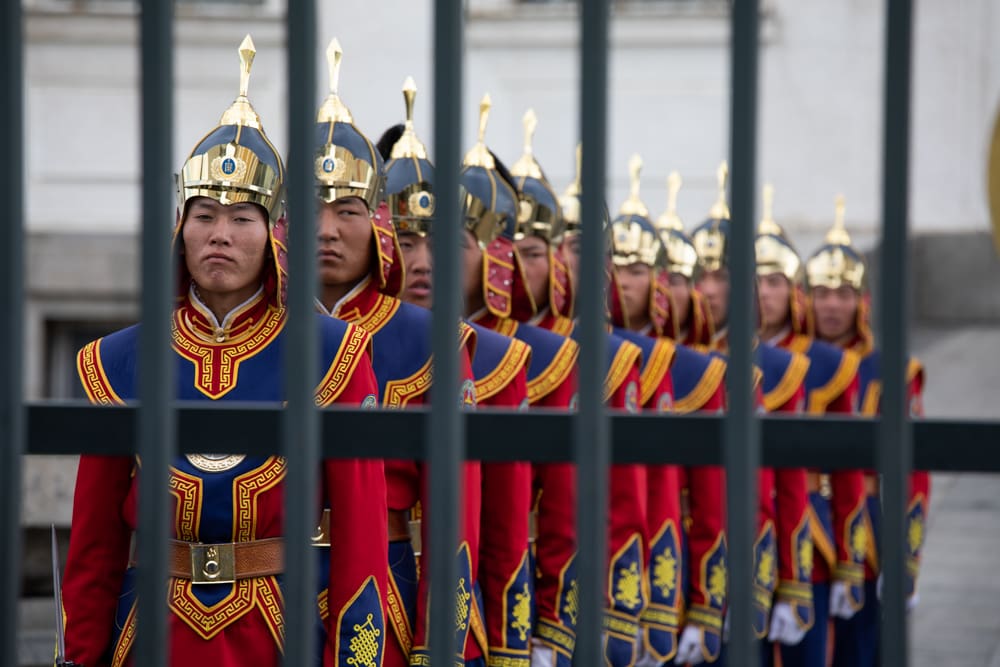
Ulaanbaatar, mongolia
#5 If you promise to send a photo, send a photo
This one is pretty obvious, and treads on the next rule, but it’s worth stating on its own. It’s easier than ever these days to send a “thank you photo” to most anyone you might meet. Nearly everyone has an email address and it’s easy to do from almost any location.
The key to this, is the followup. It’s easy to promise a photo, and it seems even easier to have that task fall to the bottom of your “to-do” list. Find a way of keeping track of who get’s what, and take care of it ASAP. If you can do it from your hotel room that evening, great, that’s one less thing to do when you get home.
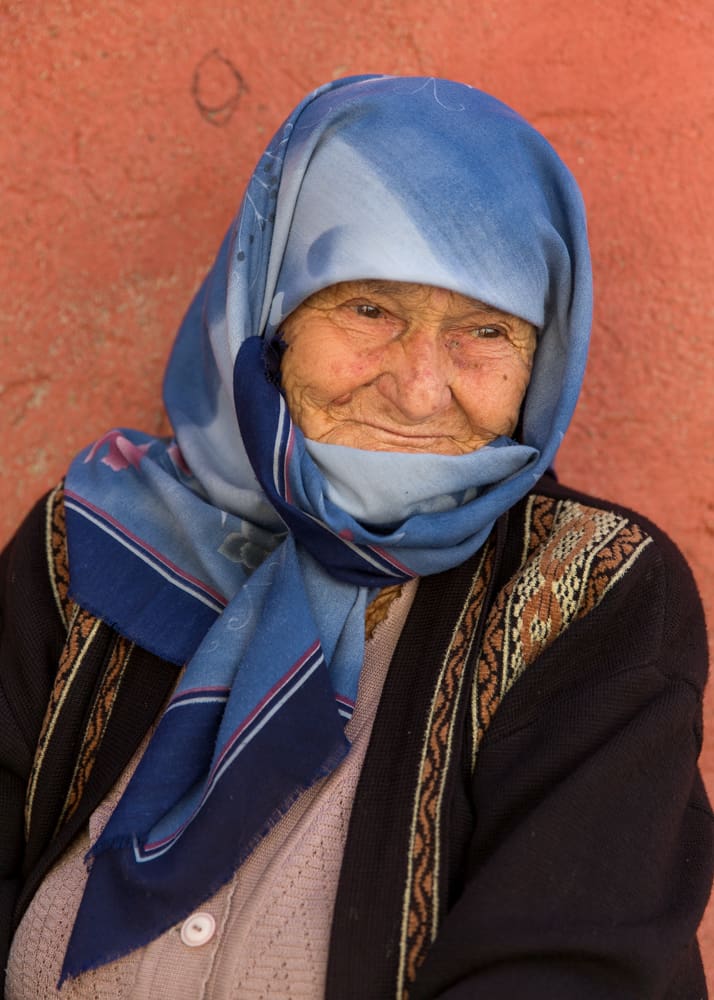
Bergama, Turkey
Tip: Have your subject write down their email address, then photograph it. When you go through your images you’ll see the person and then their email. It will be next to impossible to forget what to do next.
#4 Don’t make things worse for the next photographer
You’re not the only photographer out there, so don’t act like it. Many great photographic locations have been “ruined” by too many photographers acting selfishly and doing something to ruin it for everyone else. Often this involves “bending the rules for just one photo.”
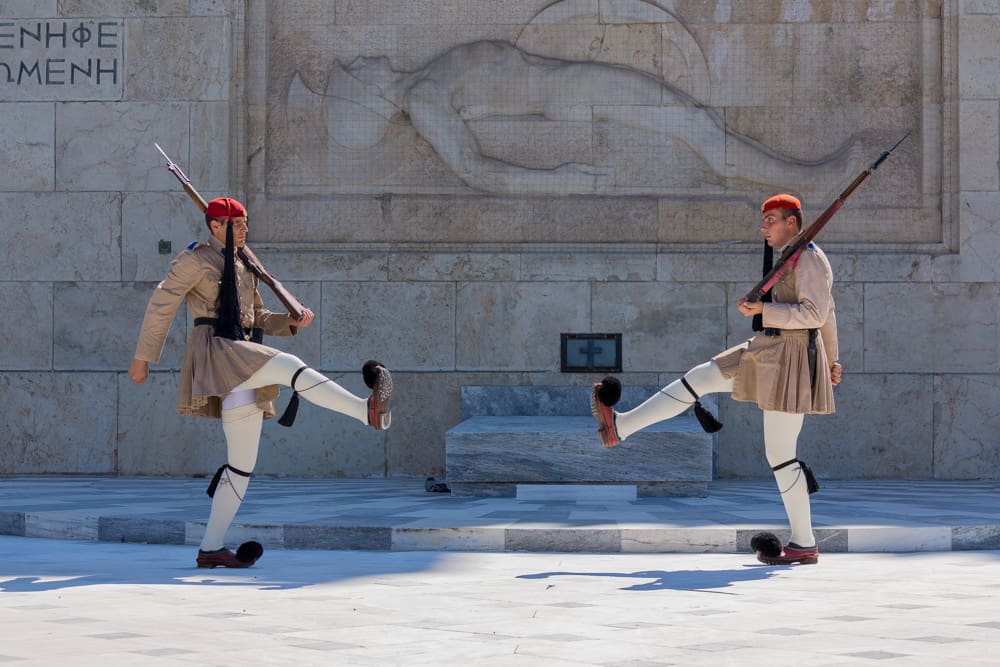
Athens, Greece
Trust me, I get frustrated by rules limiting what I can and can’t do with my camera just as much as the next person. Sometimes there are ways around these rules, and sometimes not. I don’t look for ways to break the rules and not get caught; I look for ways that I can work within the rules using creativity and/or hard work.
#3 Don’t say “one more shot” unless you really mean it
This one is just a little pet peeve I’ve developed after spending a lot of time around photographers. I think the phrase “one more shot” is a natural reaction to every photographer when they know they need a bit more time to get the keeper they were hoping for.
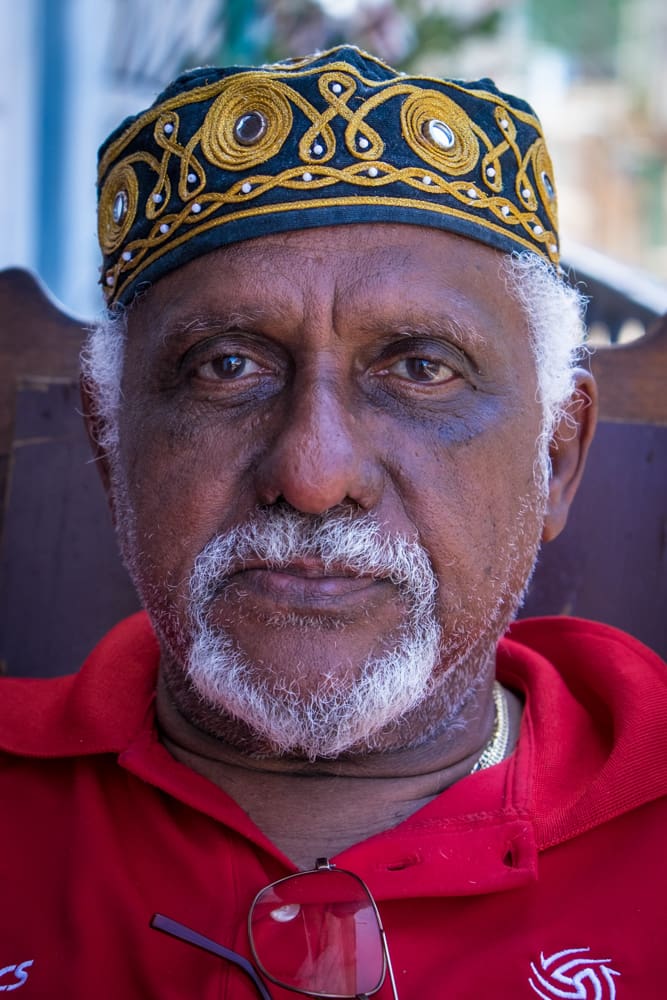
Havana, cuba
I try the best I can to work with my subjects and give them an idea of what I’m doing and how long it will take. “I’d like to try a spot by the river, I have two different ideas I’d like to try, it will take about 2 minutes, does that sound okay?” Be honest and respectful with everyone you work with, you never know how that will come around to hurt, or help you, down the road.
#2 One photographer per portrait subject
Nothing is as uncomfortable to me as watching a person who’s agreed to be photographed by one photographer, end up being photographed by multiple photographers at the same time. My heart goes out to the innocent soul who now has a gaggle of paparazzi trying to capture “the” shot.
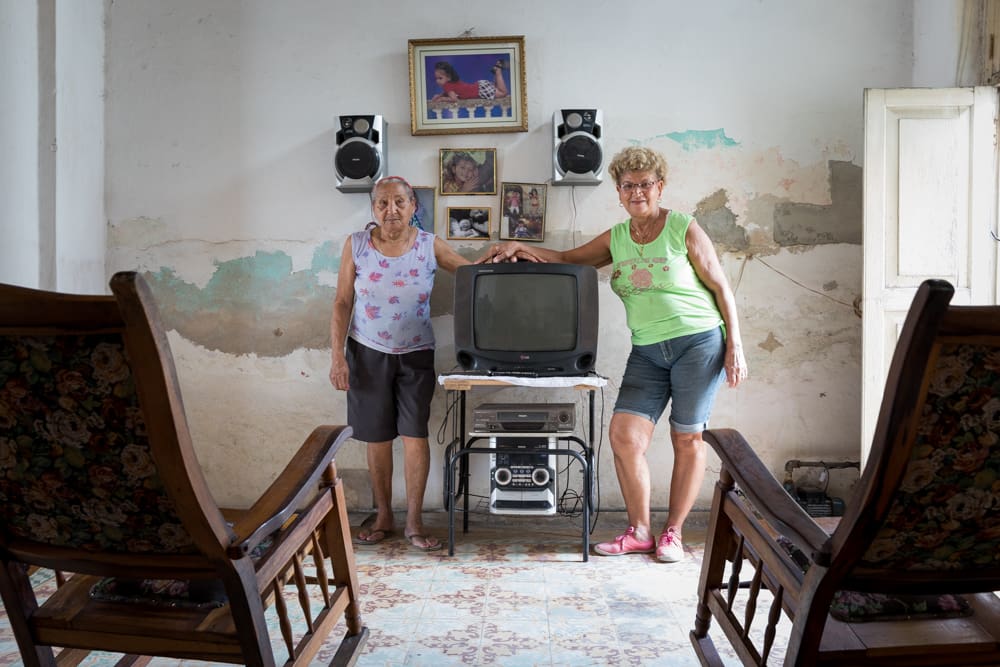
Havana, Cuba
This is a literal rule that I’ve instituted on every tour that I’ve led. If you’ve asked someone to take their photograph, the last thing you need is other photographers distracting and intimidating your subject. If it happens, no one gets a good shot and the subject has an experience none of us would like to have.
If someone is willing to be photographed by multiple photographers, that’s great. Give those before you time, space and respect. Thank your subject and maybe share a photo that you’ve taken of them (see rule #5).
#1 Don’t shoot everything
When you’re in a foreign land sometimes everything seems new and exciting and feels like it needs to be documented; you must resist this urge. It’s not necessary, and you will likely end up with a lot of poor photographs.
It would be much wiser for you to pick and choose which scenes, locations and/or people that would result in the best photos. It may take a little experience to determine what is and isn’t worth your time, but wasting your time on mediocre subject material violates rule #6.
The more you travel and the more you photograph, the better you will get at choosing the best subjects. Walking down an interesting street I may notice a dozen potential shots. Rather than shooting a dozen single shots, I’ll shoot one subject with a dozen variations. I’m not trying to record everything I see, just the most interesting, and that’s what I want in my best photographs.
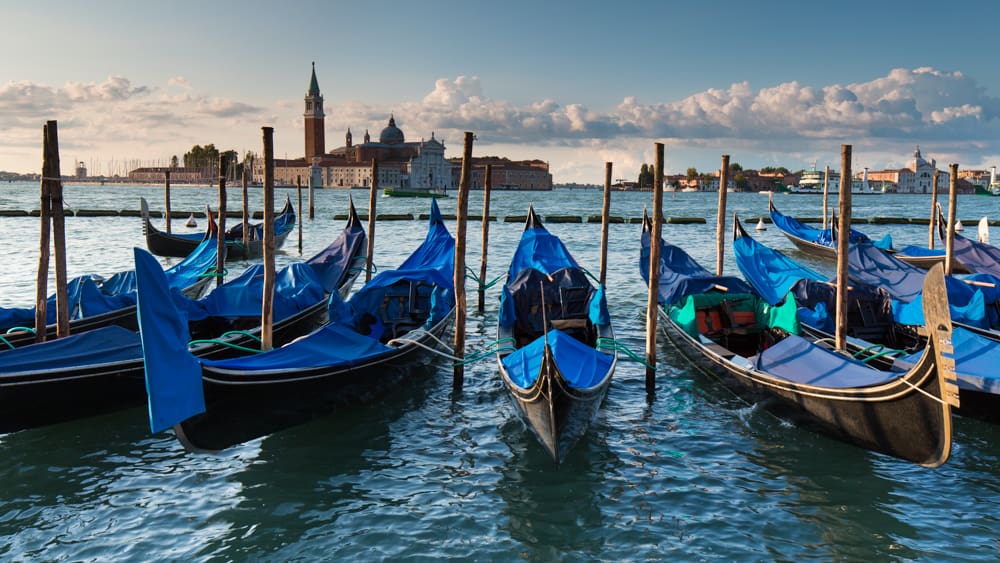
Venice, Italy
Do you have your own travel rules; if so share them in the comments below.
Become part of John’s inner circle
Sign up for the newsletter here — it’s free.
Want to become a better photographer?
Check out John’s selection of photography and camera classes here.
